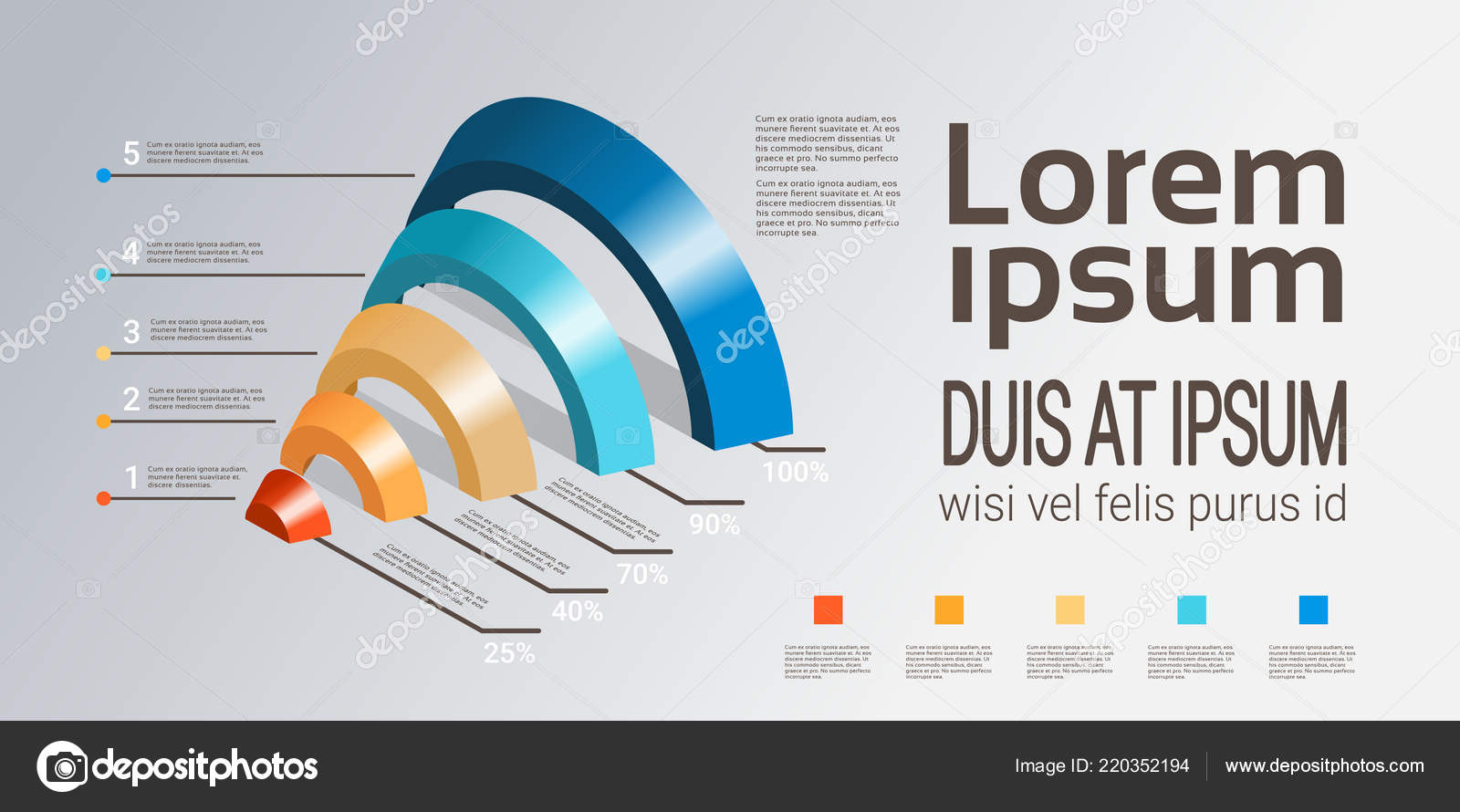The Advancement Of Website Design: Then And Currently
The Advancement Of Website Design: Then And Currently
Blog Article
Developed By-Kinney Molina
In the past, sites were basic and focused on details. Navigation was direct, and style was for desktop computers. Now, user experience is crucial. Information overviews styles for easy navigation. Responsive designs fit different tools. Today, dark mode lowers strain, and minimal menus enhance navigating. Interactive functions involve customers, and vibrant visuals attract attention. AI combination enhances interaction. See exactly how design has evolved to enhance your online journey.
Early Days of Website Design
In the early days of web design, simplicity reigned supreme. Websites were standard, with restricted shades, fonts, and designs. The focus was on giving information as opposed to fancy visuals. Individuals accessed the net via slow dial-up connections, so speed and capability were essential.
Navigating food selections were straightforward, generally located at the top or side of the page. Websites were designed for desktop computers, as mobile browsing wasn't yet prevalent. Material was king, and developers prioritized simple readability over intricate design components.
HTML was the main coding language used, and designers needed to work within its constraints. hop over to here and interactive attributes were minimal contrasted to today's standards. Internet sites were fixed, with little vibrant material or individualized individual experiences.
Increase of User-Focused Layout
With the development of website design, a change in the direction of user-focused design concepts has ended up being significantly noticeable. Today, developing internet sites that prioritize individual experience is crucial for involving site visitors and attaining service goals. User-focused style entails understanding the requirements, preferences, and habits of your target audience to tailor the internet site's design, content, and features accordingly.
Developers now conduct detailed study, such as customer surveys and use testing, to gather understandings and feedback straight from users. This data-driven technique helps in creating instinctive navigating, clear calls-to-action, and aesthetically enticing user interfaces that reverberate with site visitors. By positioning the user at the facility of the layout procedure, websites can deliver an extra personalized and satisfying experience.
Receptive design has also become a key aspect of user-focused style, ensuring that internet sites are maximized for different devices and screen dimensions. This versatility improves access and use, catering to the varied means customers engage with sites today. In essence, the increase of user-focused style symbolizes a shift in the direction of producing digital experiences that prioritize the demands and expectations of the end user.
Modern Trends in Website Design
Check out the most recent trends forming web design today. One popular trend is dark mode layout, supplying a streamlined and modern look while lowering eye stress in low-light environments. Another crucial pattern is minimalist navigating, simplifying menus and improving user experience by focusing on essential elements. Integrating micro-interactions, such as computer animated switches or scrolling impacts, can produce a more engaging and interactive site. Receptive layout continues to be critical, ensuring smooth user experiences throughout various devices. In addition, making use of vibrant typography and asymmetrical layouts can include visual passion and accentuate particular content.
Incorporating AI technology, like chatbots for client support or customized suggestions, improves individual involvement and streamlines processes. Ease of access has likewise come to be a substantial pattern, with developers prioritizing inclusive layout methods to satisfy varied individual requirements. Embracing sustainability by enhancing site performance for speed and performance is one more arising trend in web design. Working together with customer feedback and information analytics to iterate and boost layout continually is important for remaining pertinent in the ever-evolving digital landscape. By embracing these contemporary fads, you can produce a visually attractive, easy to use site that resonates with your target market.
Conclusion
As you review the advancement of web site design from the early days to now, you can see how user-focused design has come to be the driving pressure behind modern trends.
Accept the trip of modification and adjustment in web design, always maintaining the customer experience at the leading edge.
Tippingpointdigital
Keep existing with the most up to date patterns and modern technologies, and never ever quit evolving your approach to develop aesthetically stunning and straightforward sites.
Progress, adjust, and develop - the future of web design remains in your hands.
